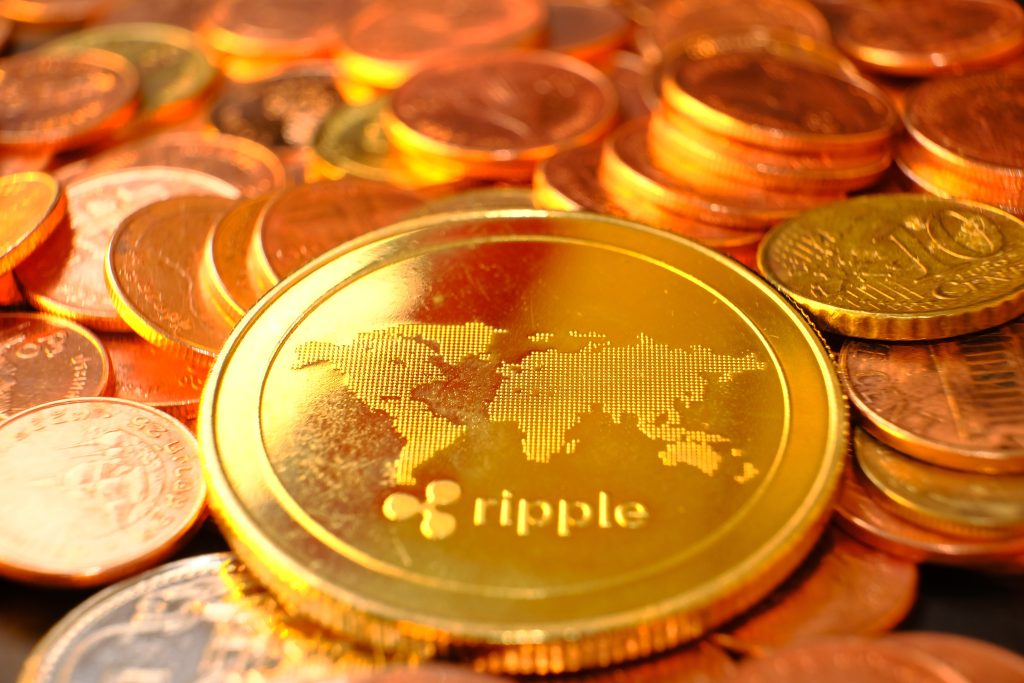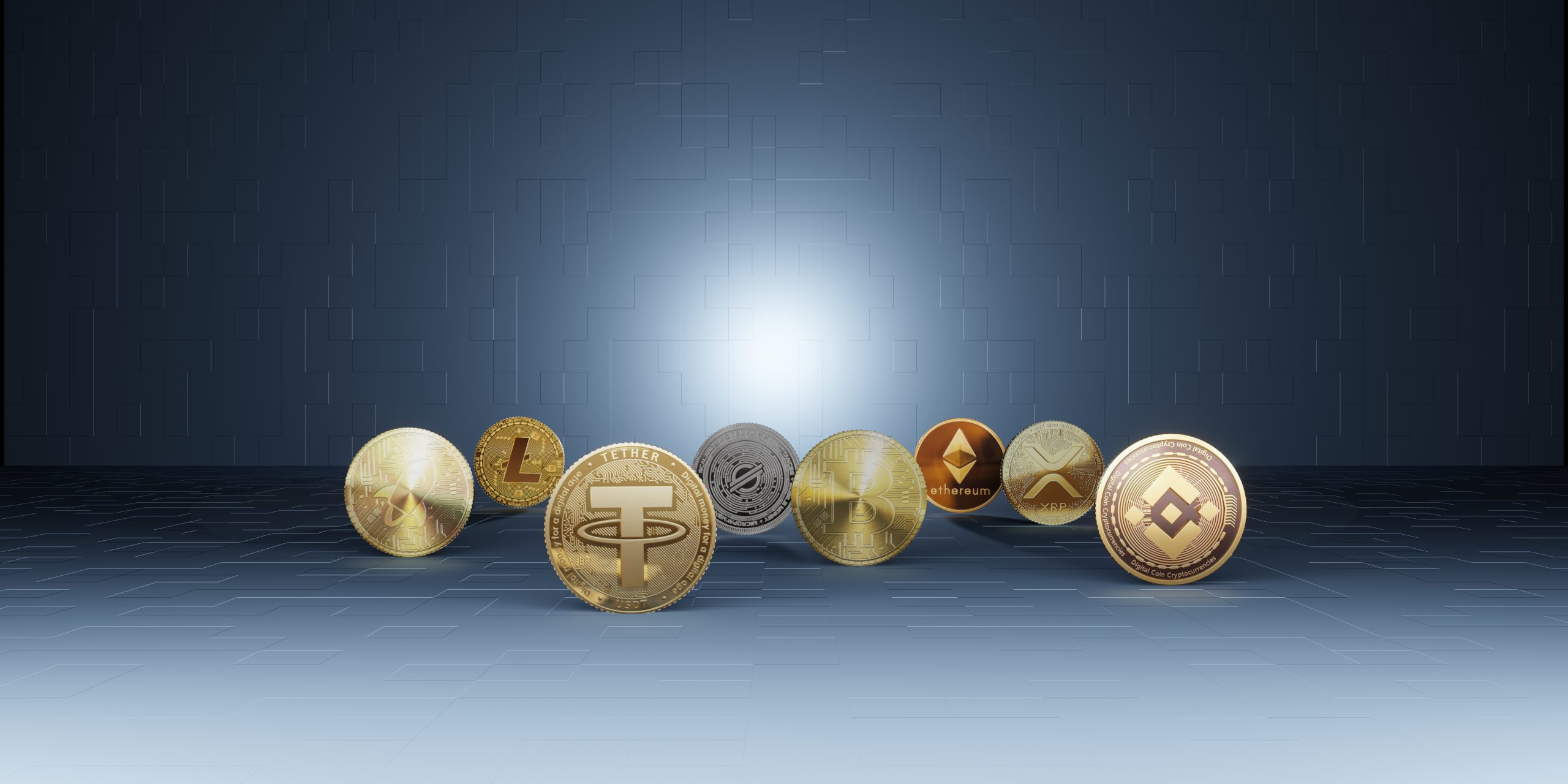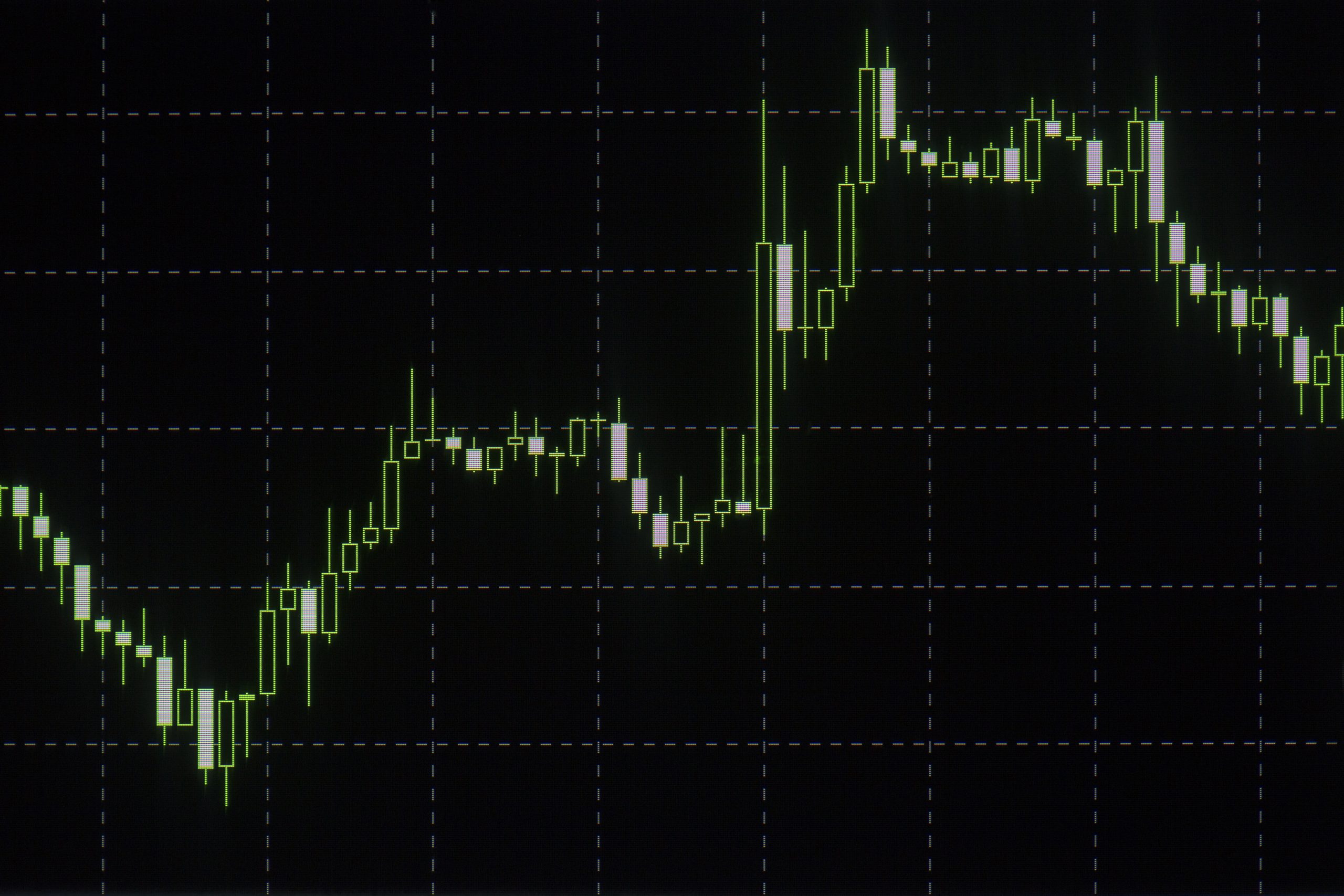What is Ripple (XRP)?
Ripple XRP is an exception because of its nature since it does not run on a decentralized system but rather on a firm named Ripple. Ripple presents itself as a new system of transacting, targeted at replacing the SWIFT system, which is well known in transfer systems. Some banks and other financial service providers have started using Ripple technology which helps to provide quick and safe transactions.
It is essential to note that XRP is the native digital currency utilized within the Ripple network, and is crucial for the overall functioning of the system. The simple wording explains that Ripple is not trying to outdo any of the cryptocurrency systems such as Bitcoin or Ethereum instead the sources of such technology seek the enhancement of the existing system. On the other hand, XRP cryptocurrency does not require a mining process like in many other virtual assets. There are exactly 100 billion XRP coins, and only a part of them are being used. The maximum recorded XRP price was in early 2018, reaching the level of €3.18.
Ripple and the Mission of Ripple Network
The creators of Ripple along with the financial currency XRP invented it in the year 2012 so as to ease the international trade in every kind of value which is Bitcoin and other fiat currencies such as Euros. In addition, Ripple is distinct from ordinary digital currencies as it is not a decentralized currency governing system; rather it is a centralized control along with a distinct entity. The most important objective of Ripple is to operate as a “bridge currency”, which makes it easier to conduct transactions in different currencies.
Ripple is primarily focused on banks, remittance companies and payment processors that need efficient ways to make transactions. With this in mind, Ripple seems to focus a little more on becoming a low-cost provider of services that compete with other networks such as SWIFT rather than other players in the crypto space.
How Does Ripple Function
The Ripple system also employs a technological phase which is entirely different from those of other cryptocurrency forms which use blockchain technology. There is neither a conventional blockchain and neither is any mining activity carried out in order to create new coins or verify transaction activities. Instead, Ripple uses using validating servers that match up transactions to a distributed database. These servers reach a consensus through the HashTree system which consumes less energy than a Proof-of-Work blockchain system.
In contrast to Bitcoin, which processes every piece of transactional data in the quest for the common point, in Ripple’s network, it is only effective to compare a single value that results from the summed up ledger. They can compare their served validators deployed by individuals, banks or institutions to keep the security and the decentralization in its ecosystem.
Where to Buy Ripple (XRP)
For those based in Europe and are interested in buying XRP, fiat currency exchanges can be used. However, as before any other investment, it is prudent to do some research concerning price history and current market rate for XRP. After the purchase, people can transfer their XRP to a digital wallet, which is similar to a banking app. They can either keep their XRP or trade it through the exchange.
History of Ripple (XRP)
XRP is also like other virtual currencies whose value remains subject to rapid and sudden changes because of a number of factors. In the year 2018, the forecasted price of cryptocurrency was at a record high of €3.18. It has so far attained daily maximum and minimum price of €0.3479 and €0.3321 respectively, which indicates that the asset is quite volatile.
Ripple’s Methods of Implementation
Ripple’s mission is to use the blockchain technology and the XRP currency in the transfer of units across borders in a quick, cheap, and secure manner. Ripple is primarily focused on enabling the integration of business, governments, and institutions. Its core functions are to support international currency transfers, consolidate crypto liquidity, and launch CBDC infrastructure.
Some investors use XRP in the same manner as stock owners who buy and hold such coins on cryptocurrency exchanges as an investment, while others trade it for profits. This is e.g., banks, money transfer organizations and other payment companies that apply this technology for international payments, liquidity management and digital currency development.
Ripple in the News
XRP ledger updates In August 2020 XRP ledger S.12 was made available with enhanced performance upgrades, fixes and optimizations. In such updates, a more advanced arbitration procedure was added, which excludes arbitrators from offline validators, and validation of when an arbiter exhibits Byzantine, which has been a great concern in the XRP application area.
SEC allegations Ripple faced a lawsuit from the SEC in 2020 on the issues related to the sale of its XRP tokens by claiming there is no proper registration of sale and offering of XRP as it is a security. In simplest terms, the SEC maintained that there were such barriers because Ripple controlled 50% of all XRP in circulation. XPR also defends itself by saying that all rights to XRP are not rights to the profits generated by the DLT.
Ripple Xpring Ripple Xpring is a program which aims to develop and fund additional applications of XRP currency in addition to its primary purpose of cross border remittances. This ecosystem nurtures creativity and consequently creates products, which comprises debt and derivatives solutions, with the goal of enhancing the use of XRP further not just payments.






